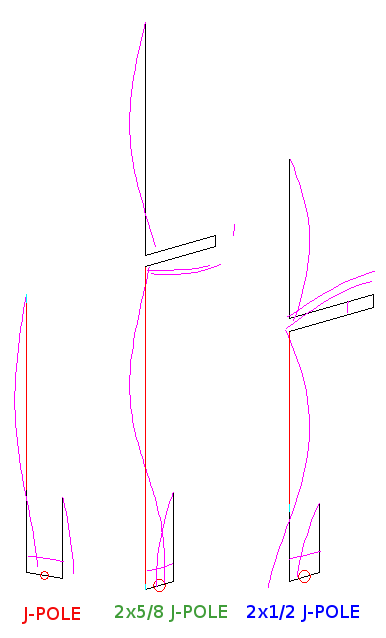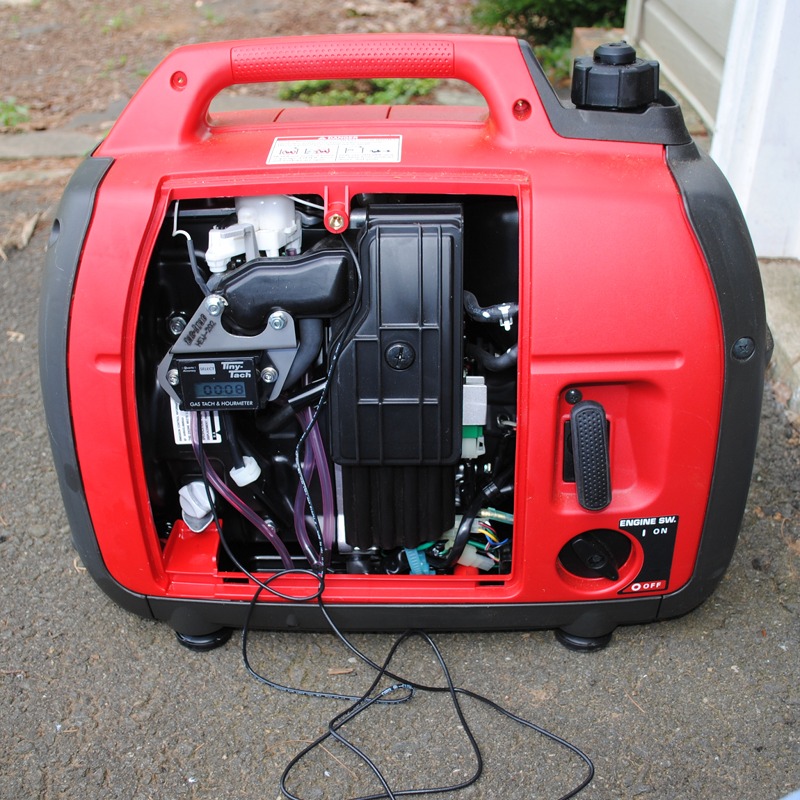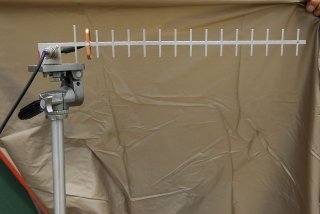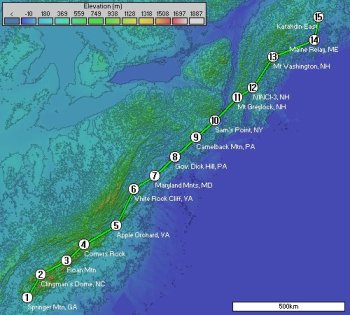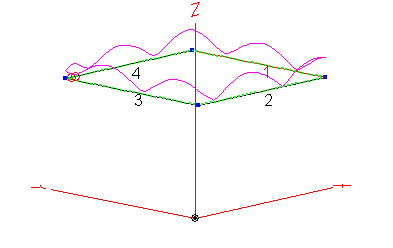Our Field Day in Virginia was pretty decent this year. We had plenty of visitors responding to our newspaper notice. Several folks took a turn at the Get On The Air (GOTA) station.
However, we always forget some obvious items every year.
The lessons learned from sunshine related issues are obvious. We forgot ways to shade them again this year because we got so busy with other preparation details.
Here are a few lessons learned from our Field Day written in the form of system requirements.
- The network routers shall be set to one fixed speed rather than auto-negotiate the speed to keep the network connections more seamless.
- The network routers should have their speed set to the minimum speed of 1 Mbps to provide the best sensitivity (this is plenty fast enough for the meager network needs with the N3FJP software).
- The network routers should have their RF output power set to below the maximum (250 mW for the Linksys WRT54G running DD-WRT) if the Field Day site is hot
- All network nodes shall use static IP addresses.
- Network nodes shall not use DHCP addresses.
- The Network shall not use domain or host names.
- The radios shall be protected from direct sunshine at all times.
- The computers shall be protected from direct sunshine at all times.
